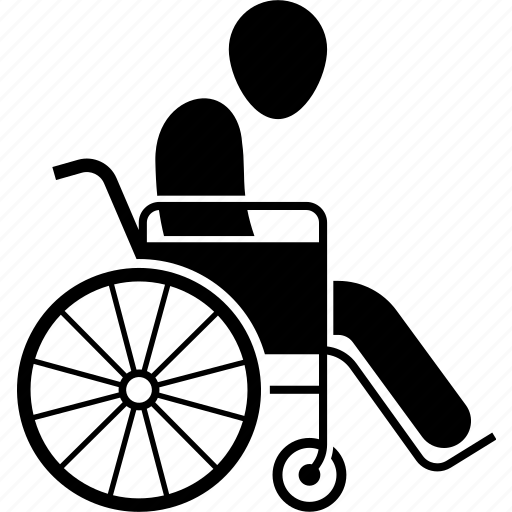The term movement disorders refers to a group of nervous system (neurological) conditions that cause either increased movements or reduced or slow movements. These movements may be voluntary or involuntary. Common types of movement disorders include: Ataxia.
Signs and symptoms of movement disorders vary depending on the underlying cause. In general, signs and symptoms of movement disorders include problems with physical coordination, trouble walking, episodes of uncontrolled movements (such as during a seizure), muscle weakness, twitching, or muscle spasm. Genetic conditions, traumatic injury, nervous system disease, infections, medication side effects, and other factors may cause a movement disorder. A history of stroke, high blood pressure, and diabetes may increase your risk, which increases with age. In many cases, movement disorders cannot be cured, and the goal of treatment is to minimize symptoms and relieve pain. Some are severe and progressive, impairing your ability to move and speak.
The most common movement disorders are essential tremor, restless legs syndrome, and Parkinson's disease. Movement disorders range from mild to severely debilitating, and many have very similar symptoms. It is vitally important to get an accurate diagnosis. A movement disorder specialist is a neurologist with additional training in Parkinson's disease (PD) who personalizes care to an individual's symptoms and needs. People with Parkinson's who see a movement disorder specialist often report feeling more informed and better equipped to manage symptoms.
